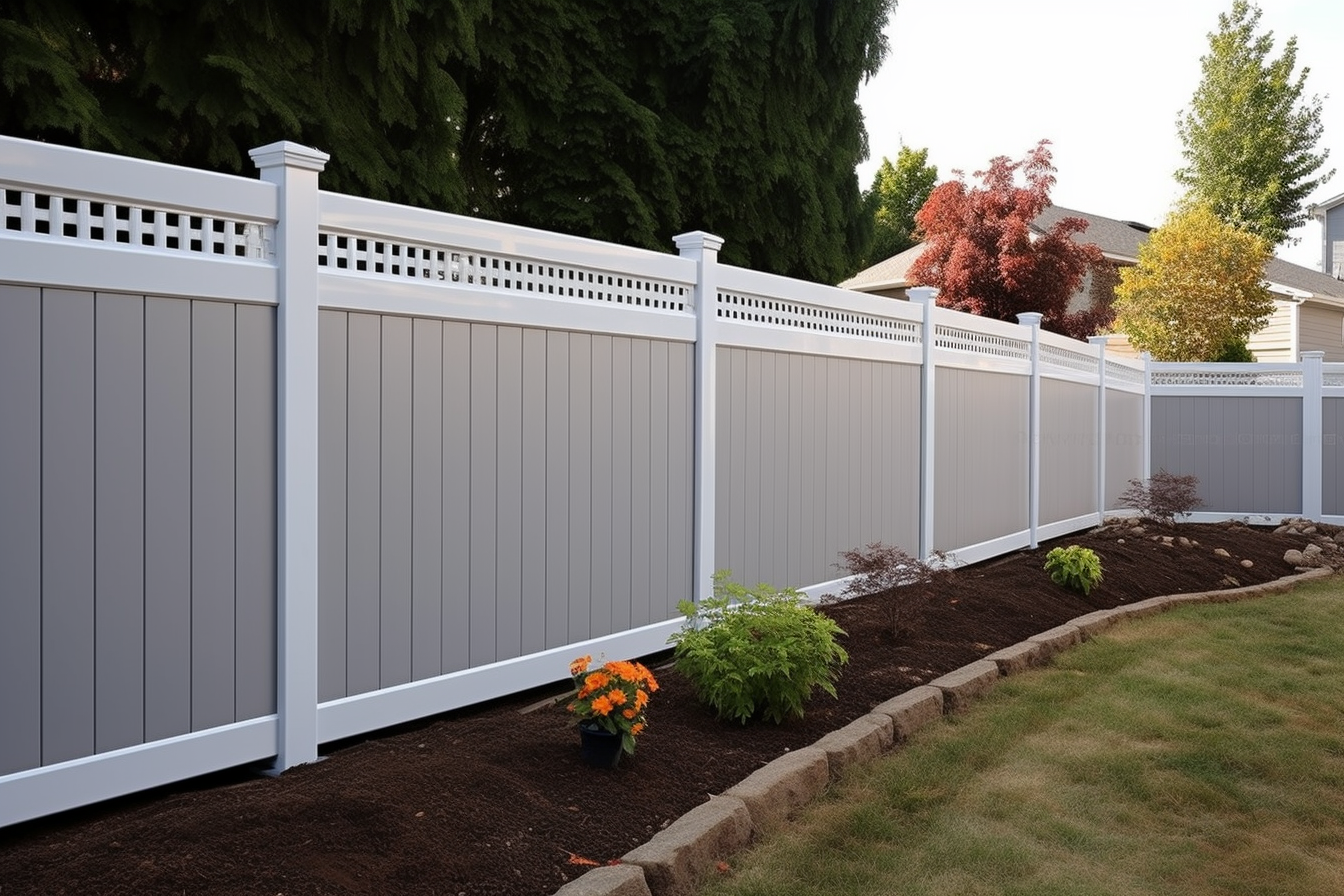Stylish & Secure Garden Fences for Your Outdoor Space
Transform your yard with the right garden fence: from low-maintenance vinyl and durable metal to budget-friendly chain-link and eco-friendly composite options. Learn how to pick the best height, materials, installation approach, and decorative touches to boost privacy, security, curb appeal, and long-term value.

Stylish & Secure Garden Fences for Your Outdoor Space
A garden fence does far more than mark a boundary. The right fence adds character, boosts security, and defines the flow of your landscape while helping with privacy and property value. Whether you want a cozy backyard retreat, a modern perimeter barrier, or a cost-effective solution for a large plot, understanding materials, heights, installation considerations, and styling options makes choosing easier.
Popular fence materials and their strengths
Wood: A classic choice, wooden fences deliver warmth and traditional appeal. They’re versatile for painting or staining, but they demand periodic care to prevent rot and insect damage.
Vinyl: Vinyl fencing is prized for being low-maintenance and long-lasting. It resists rot, pests, and most weathering, and is available in many colors and profiles that emulate wood without the upkeep.
Metal: Wrought iron, aluminum, and steel offer strong security and durability. Wrought iron tends to be ornate and heavy, steel provides robustness, and aluminum is lighter and corrosion-resistant—ideal for modern or decorative fences.
Chain-link: Chain-link is an economical, practical option for enclosing large areas. It provides visibility and airflow and can be improved with privacy slats, screening, or climbing plants to soften the look.
Composite: Made from wood fibers and recycled plastic, composite fencing mimics wood grain but is more resistant to moisture and decay. It requires less maintenance than timber while offering a similar aesthetic.
How tall should your fence be?
Choosing height depends on what you need the fence to do:
-
Purpose: For privacy and noise reduction, fences in the 6–8 foot range are typical. For defining borders or adding a decorative edge, 3–4 feet often suffices.
-
Local rules: Zoning laws and homeowners association guidelines frequently control fence heights, especially in front yards—check before you buy materials.
-
Visual impact: Taller fences create seclusion but can make a yard feel boxed in; lower fences keep views open and feel more inviting.
-
Neighbor relations: If the fence sits on a shared boundary, discuss plans with neighbors to avoid disputes and preserve good relations.
-
Garden layout: Consider existing structures, trees, and plantings so the final height harmonizes with the landscape.
Key factors to weigh before installation
Material selection should reflect both your home’s style and your local climate. Think about durability—how well a material resists UV, moisture, and pests—and line that up with the maintenance you’re willing to perform. Budget for both upfront installation and ongoing care; some inexpensive options require more upkeep over time.
Decide whether to hire professionals or tackle the job yourself. Large, precise jobs or projects involving heavy materials and buried posts usually benefit from pro installation. Also confirm exact property lines—encroaching onto a neighbor’s lot creates legal headaches—and call utility services to mark underground lines before digging post holes.
Cost comparison
| Material | Typical look & durability | Typical cost per linear foot (USD) |
|---|---|---|
| Wood | Traditional appearance; moderate durability with maintenance | $15 - $45 |
| Vinyl | Low-maintenance, available in many styles | $20 - $50 |
| Metal (aluminum/steel/wrought iron) | Durable, secure, decorative to modern | $25 - $75 |
| Chain-link | Practical, affordable, visible | $5 - $20 |
| Composite | Wood-like appearance, higher durability | $30 - $70 |
Prices are approximate and vary by region, material grade, labor, and site conditions. Always obtain local quotes before budgeting.
Ways to enhance your fence’s appearance
A fence can be a focal point rather than just a divider. For wood, paint or stain protects the material and introduces color. Climbing plants—vines, roses, clematis—create living screens that soften hard lines. Hanging planters and vertical herb boxes turn the fence into usable planting space. Decorative touches like post caps, lattice toppers, or ornamental panels add personality, while solar lights or string lights extend use into the evening. Weatherproof artwork or mirrors can increase perceived depth and style.
Maintenance guidelines by material
Wooden fences should be inspected regularly for rot, loose boards, or insect damage. Apply a sealant or stain every two to three years and repaint as needed to preserve appearance and strength.
Vinyl requires minimal care; occasional washing with soap and water removes dirt and restores its look.
Metal fences need rust checks; treat and repaint any affected areas promptly to prevent corrosion. Aluminum is naturally more rust-resistant but still benefits from routine inspection.
Chain-link fences should be checked for loose or damaged links and posts; tighten fittings and clear away vegetation or debris that can accelerate wear.
Composite fencing is low maintenance—clean periodically with mild soap and water and tighten any hardware that loosens over time.
Final thoughts
A thoughtfully chosen and well-installed fence is an investment in privacy, safety, and curb appeal. Balance aesthetics, function, maintenance, and local rules when selecting materials and height. Whether you prefer the charm of wood, the ease of vinyl, the strength of metal, the affordability of chain-link, or the eco-friendly composite option, proper planning and timely upkeep will keep your fence performing and looking great for years.






